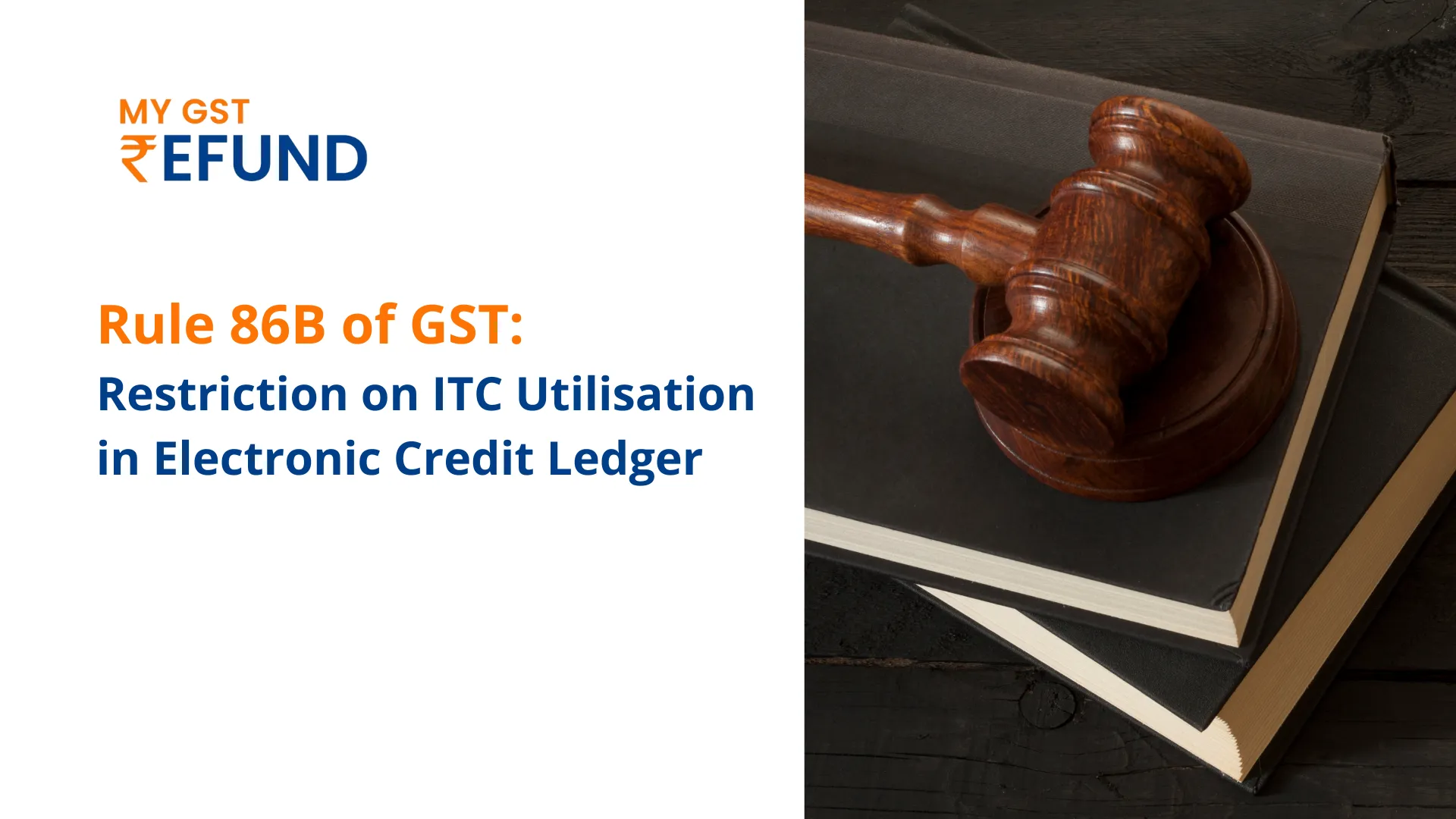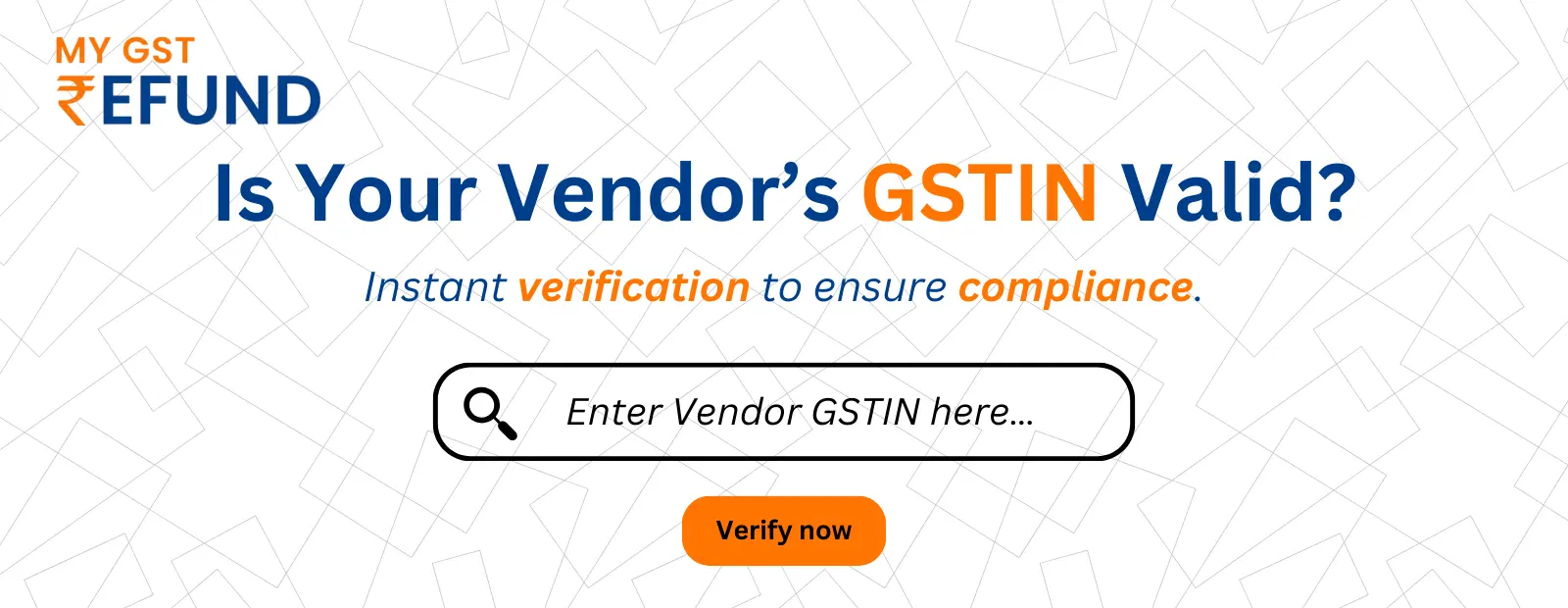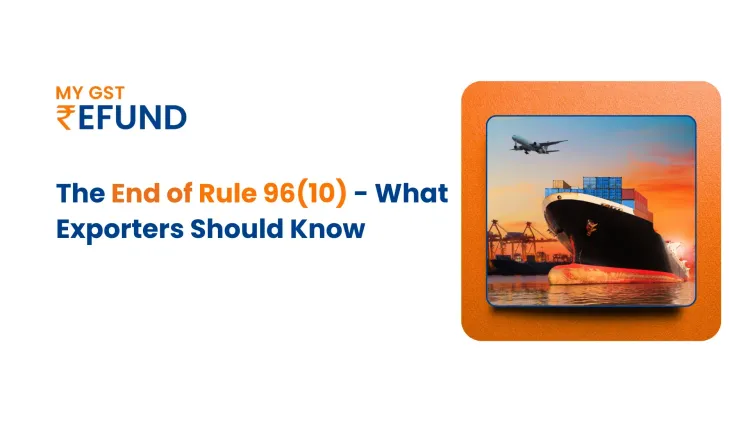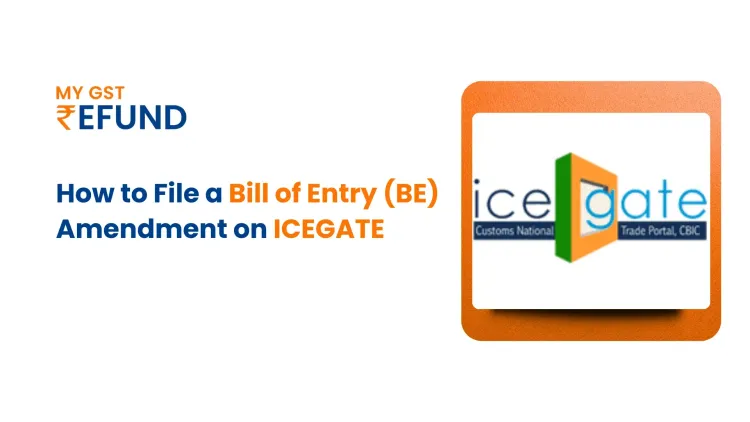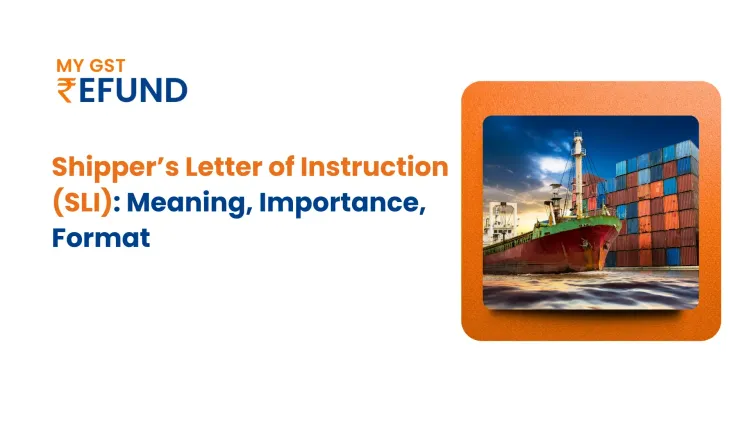Rule 86B of GST: Restricting the use of ITC
With the goal of improving tax compliance and curbing fraud, the Central Board of Indirect Taxes and Customs (CBIC) introduced Rule 86B via Notification No. 94/2020 on December 22, 2020, effective from January 1, 2021.This regulation restricts an enterprise from availing input tax credit (ITC) credited in the electronic credit ledger to pay output tax liability if such enterprise has significant taxable supplies. Before Rule 86B of GST , ITC utilisation was relatively flexible. Businesses could always use their ITCs to offset their liabilities as output tax. In this article, we'll explore how ITC utilisation in GST worked before the rule, the constraints under Rule 86B of GST, and the implications of both for businesses.
How ITC utilisation in GST worked before Rule 86B
Before the introduction of Rule 86B, the ITC framework played a crucial role in averting the cascading effect of taxes in the GST system. Under the erstwhile ITC framework, an enterprise could utilize the fully available ITC in its electronic credit ledger to discharge its output tax liability without any limitation.
The ITC usage order for components such as CGST, SGST, and IGST has been changed many times; however, there were no caps on the utilisation of ITC for tax payments. Thus, firms were free to optimise their working capital efficiency by utilizing the full ITC to settle their GST dues. However, Rule 86B has heavily restricted this practice by restricting the usage of ITC up to that extent, thereby affecting cash flow for businesses.
The Limitation Enforced by Rule 86B
Rule 86B limits the use of ITC to discharge 99% of the output tax liability for businesses whose monthly taxable value of supplies exceeds Rs. 50 lakh. This means such businesses must pay at least 1% of their tax liability in cash, curbing full utilization of the ITC balance in their electronic credit ledger.
Applicability:
The applicable regulation refers to registered taxpayers whose taxable supplies, except for exempt and zero-rated supplies, exceed Rs. 50 lakh in any particular month.
Businesses must observe this threshold at least monthly, just prior to filing each return.
Key Restriction:
For eligible taxpayers, more than 99% of the liability for output tax cannot be discharged with input tax credit. This compels businesses to pay at least 1% of the tax liability in cash from their electronic cash ledger.
Violations of Rule 86B
Notwithstanding the rigorous limitations, Rule 86B delineates particular exceptions aimed at alleviating its repercussions on designated enterprises:
- Income Tax Obligations: In case the taxpayer or key managerial persons, including the proprietor, karta, managing director, or partners, have paid more than Rs. 1 lakh in income tax under the Income Tax Act of 1961 in each of the two preceding years, the above liability is not applicable.
- Refund related to exports or inverted tax structure: The companies that have received a refund of more than Rs. 1 lakh from the earlier financial year, either through a letter of undertaking for exports or due to inverted tax structure, are exempt from rule 86B.
- Cash Settlement in Earlier Months: A company should be exempted from the 1 percent limitation if it had already settled more than 1 percent of total output tax liability through cash settlements during earlier months of the current financial year.
- Government Organisations: The Act is not applicable to the government bodies, public sector undertakings, local authorities, and statutory organizations.
Illustration of the Application of Rule 86B
Let's break down how Rule 86B works with a simple example:
Mr. A, being a taxpayer, has sold an item worth Rs. 1 crore in one month at a GST rate of 12%. He, therefore, has an output tax liability of Rs. 12 lakh. As per Rule 86B, Mr. A could only clear 99% of that amount via his ITC, which actually stood at Rs. 11,88,000. The balance of Rs. 12,000 would have to be paid through cash in his electronic cash ledger.
Impact of Rule 86B on Businesses
The Impact Rule 86B in general, seems to target large taxpayers with high taxable turnovers and its impact on micro and small businesses is less likely. It aims mainly to curb the menace of fake invoices and to curb the abuse of such fake ITC for the purpose of evading actual tax payments. To that extent, the rule, inter alia, mandates a minimum cash payment of 1% so that a business demonstrates real transactions instead of only ITCs to serve its tax liability.
However, for larger businesses, this may give way to working capital and cash flow. Those depending much on ITC will see their tax liability reduced. Thereby, such businesses will need to manage their finances more effectively, making sure they comply with the rule without depleting operations.
Conclusion :
Rule 86B of GST imposes a crucial restriction on ITC utilisation, ensuring that businesses with significant taxable supplies contribute to the tax system through cash payments. While the rule is aimed at preventing fraud and misuse of ITC, it may impact the working capital of large businesses. By understanding the applicability, exceptions, and restrictions of Rule 86B, businesses can better navigate these regulatory changes and maintain compliance while optimising their tax planning.
Related Posts




